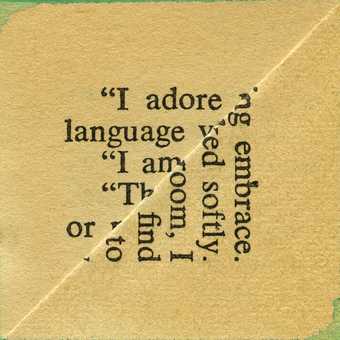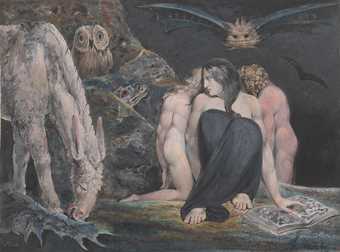From the humble dog-ear bookmark to the elaborate paper engineering of pop-up books, the folded page can take many forms. Join us to examine the ways writers, artists, printers and bookbinders have used the fold, reimagining the structure of the book and making the page tell stories in new ways.
We tend to think of the page as a flat surface, but the book has a long history of alternative formats and folded structures: the vertical flaps of the eighteenth-century Harlequinade; the concertina pleats of Ed Ruscha’s Every Building on the Sunset Strip (1966); the interactive toy books of the Victorian period which could fold out magically into three-dimensional space.
This event, presented in conjunction with Inscription: the Journal of Material Text - Theory, Practice, History, examines the fold from new angles. Book historians, critics and artists will discuss how folds can complicate the logic of the page, concealing as well as revealing, producing unexpected juxtapositions and unfolding narratives in surprising directions. Showcasing highlights from Tate Library, the event also provides a hands-on opportunity to fold, experiment and create.
Programme
- 13.00–14.00: A history of the fold in 9 books', an illustrated talk by Simon Morris, Gill Partington, and Adam Smyth. Folding the past into the present, this talk traces the use of pleats, creases and corrugations of many kinds in artists' books and beyond.
- 14.00–14.20: Daniel Jackson and Ian Truelove, folding in eleven dimensions.
- 14.40–15.10: Show and share: see and handle selected artists’ publications from Tate Library’s renowned collections.
- 15.10–16.10: Artists talk: discussion and Q&A session with contemporary artists Abigail Reynolds and Erica Baum.
- 16.10–17.00: Get folding: a workshop led by Simon Morris on how to make your own origami four square base folded book, the structure of the latest edition of Inscription - with video, paper, and much waving of hands. All materials will be supplied.



